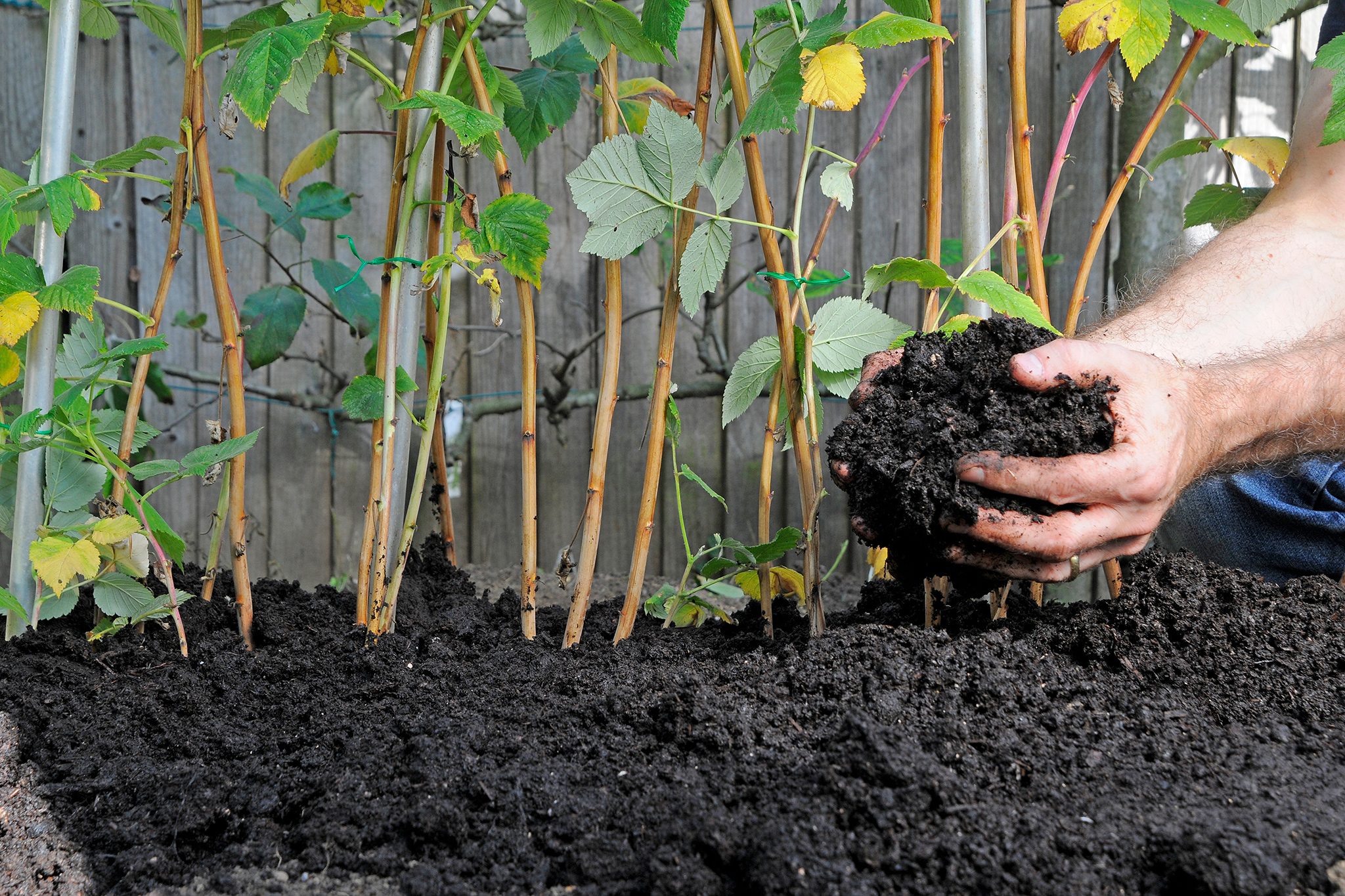Introduction
Using sheep manure in your garden is a natural and effective way to boost soil fertility and improve plant health. Rich in essential nutrients like nitrogen, phosphorus, and potassium, sheep manure enhances soil structure and promotes vigorous growth. This article explores how to safely and effectively put sheep manure on your garden, including preparation, application methods, and best practices to maximize benefits while avoiding common pitfalls.
Why Use Sheep Manure in Your Garden?
Sheep manure is valued by gardeners for several reasons:
- Nutrient-rich fertilizer: It contains a balanced mix of nutrients essential for plant growth.
- Improves soil texture: Adds organic matter that enhances soil aeration and water retention.
- Gentle on plants: Compared to some manures, sheep manure is less likely to burn plants due to its moderate nutrient concentration.
According to agricultural studies, sheep manure typically contains about 0.7% nitrogen, 0.3% phosphorus, and 0.6% potassium, making it an excellent all-around soil amendment.
How to Prepare Sheep Manure Before Applying
Composting Sheep Manure
Fresh sheep manure can be too strong and may contain pathogens or weed seeds. Composting is a crucial step to:
- Reduce harmful bacteria: Composting at high temperatures kills pathogens.
- Stabilize nutrients: Prevents nitrogen loss and reduces the risk of burning plants.
- Eliminate weed seeds: Proper composting destroys most seeds.
To compost sheep manure:
- Mix fresh manure with carbon-rich materials like straw or dry leaves.
- Maintain moisture and aerate the pile regularly.
- Allow the pile to heat above 131°F (55°C) for several days.
- Let it cure for 3-6 months before use.
Using Aged or Bagged Sheep Manure
If composting isn’t an option, aged sheep manure or commercially bagged products are safer for immediate use, as they have been processed to reduce risks.
Best Practices for Applying Sheep Manure in Your Garden
When to Apply
- Fall or early spring: Applying manure in these seasons allows nutrients to integrate into the soil before planting.
- Avoid application right before planting: Fresh manure can harm seedlings.
How to Apply
- Top dressing: Spread a 1-2 inch layer of composted sheep manure over garden beds.
- Incorporate into soil: Mix manure 4-6 inches deep to improve soil texture and nutrient availability.
- Use as mulch: Sheep manure can be used as mulch around established plants, providing slow nutrient release.
Application Rates
- Generally, use about 20-30 pounds of composted sheep manure per 100 square feet.
- Adjust based on soil tests and crop nutrient needs.
Benefits and Considerations
Benefits
- Enhances soil fertility naturally without synthetic chemicals.
- Promotes microbial activity essential for nutrient cycling.
- Improves water retention in sandy soils and drainage in clay soils.
Considerations
- Avoid using fresh manure directly on edible crops to prevent contamination.
- Be mindful of the manure’s source to avoid chemical residues or medications.
- Sheep manure is less odorous than other manures but still store and handle it properly.
Expert Tips for Maximizing Results
- Conduct a soil test before application to tailor nutrient additions.
- Combine sheep manure with other organic amendments like compost for balanced nutrition.
- Use gloves and wash hands after handling manure to maintain hygiene.
Conclusion
Putting sheep manure on your garden is a time-tested method to enrich soil and support healthy plant growth. By composting manure properly and applying it at the right time and rate, you harness its full potential while safeguarding your plants and health. Incorporate sheep manure thoughtfully into your gardening routine to enjoy lush, productive garden beds that benefit from natural, sustainable fertilization.
